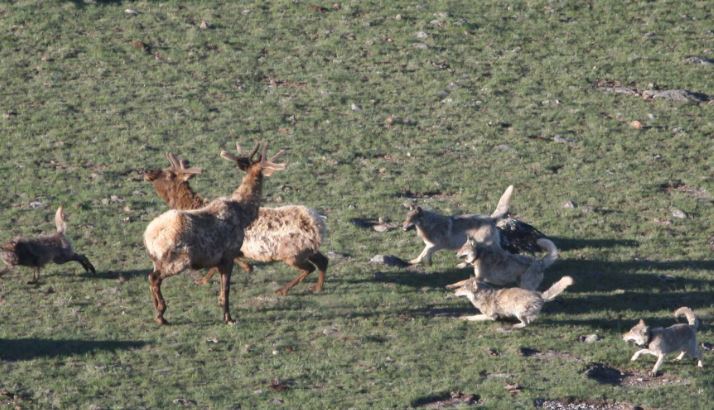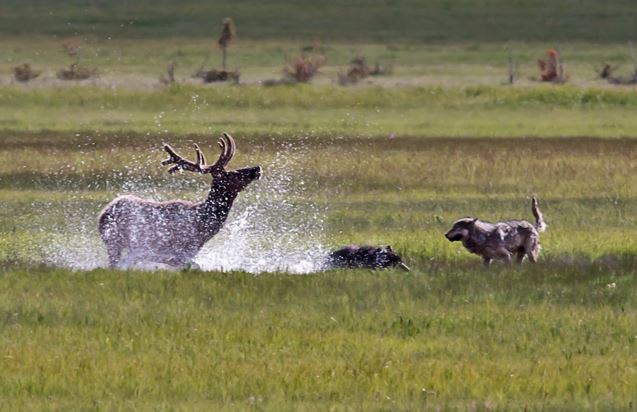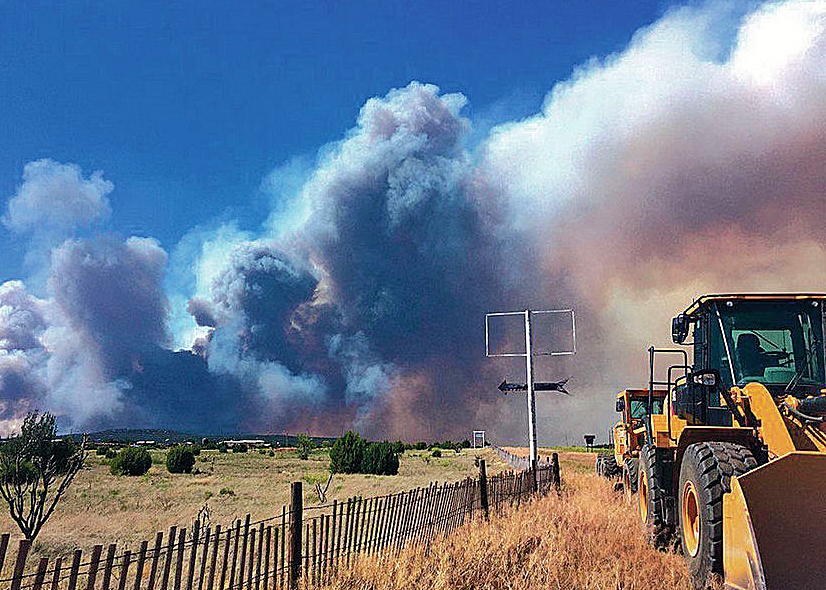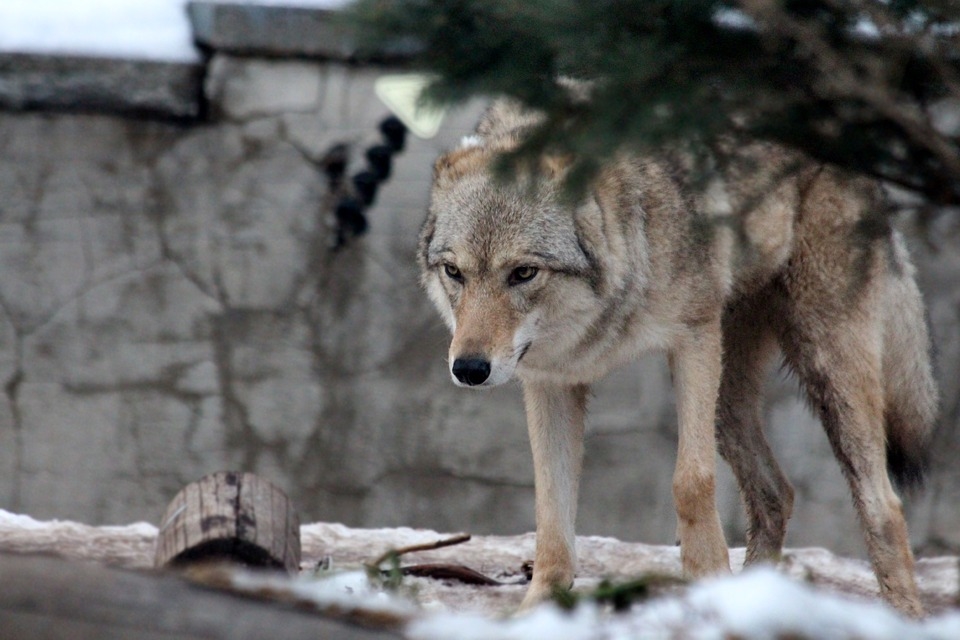Their stated goal was to learn why the elk population there has declined “related to excessive predation following federal reintroduction of wolves into the Frank Church-River of No Return Wilderness in the mid-1990s.”
Idaho has a game management plan calling for the removal of 60 percent of the wolf population in the River of No Return area to boost elk populations for hunting. IDFG estimates public-land elk numbers have fallen by 43 percent between 2002 and 2011.
Judge orders destruction of data from illegal Idaho elk/wolf collaring in wilderness
Rob Cheney
A federal judge has ordered the U.S. Forest Service and Idaho Department of Fish and Game to destroy all the elk and wolf radio-collar data gathered from 120 helicopter landings in the Frank Church-River of No Return Wilderness last winter.
The agencies ignored earlier warnings that such incursions of the Wilderness Act would face close legal scrutiny when they mounted the research project last January, U.S. District Judge Lynn Winmill wrote in a decision released Thursday in Boise.
The federal law prohibits use of mechanized equipment in wilderness areas. Winmill found the Forest Service failed to justify the environmental impact of helicopter activity and collaring projects on the natural condition of the wilderness area.
“The IDFG has collected data in violation of federal law and intends to use that data to seek approvals in the future for more helicopter landings in the Wilderness Area,” Winmill wrote. “The only remedy that will directly address the ongoing harm is an order requiring destruction of the data.”
The Forest Service permitted the IDFG project to collar 30 adult elk cows and 30 calves in the 1.7-million-acre Middle Fork Zone of the wilderness along the Montana-Idaho border north of Stanley, Idaho. The state wildlife managers wanted to maintain a 60-elk study group for 10 years, with annual winter helicopter operations to maintain and replace radio collars.
Their stated goal was to learn why the elk population there has declined “related to excessive predation following federal reintroduction of wolves into the Frank Church-River of No Return Wilderness in the mid-1990s.”
Idaho has a game management plan calling for the removal of 60 percent of the wolf population in the River of No Return area to boost elk populations for hunting. IDFG estimates public-land elk numbers have fallen by 43 percent between 2002 and 2011.
On Jan. 7, 2016, a coalition including Wilderness Watch, Friends of the Clearwater and Western Watersheds Project sued U.S. Secretary of Agriculture Tom Vilsack, Forest Service Chief Tom Tidwell, Forest Service Region 4 Forester Nora Rasure and Salmon-Challis National Forest Supervisor Charles Mark to block the helicopter flights. They planned to ask Winmill for an injunction on Jan. 11, only to learn the Idaho crews had already finished the flights.
“We were beating on the door before they unleashed the helicopters, but instead the Forest Service released the permit and Idaho completed the project in three days,” said Tim Preso, attorney for Earthjustice, which represented several environmental groups challenging the project. “They decided to roll the dice and ignore the judge’s prior admonitions. If we’d been able to get in the courtroom, they wouldn’t have been able to get the data in first place.”
During those three days, the state biologists also captured and collared four wolves in three packs. Both the state and federal officials acknowledged that was not part of the authorized project. Salmon-Challis National Forest officials later issued an order of non-compliance on the Idaho project, but did not require the removal of the wolf collars.
Salmon-Challis Supervisor Chuck Mark was reviewing the ruling on Thursday and did not have a comment on Thursday, according to spokeswoman Amy Baumer. Idaho Fish and Game officials likewise said they were still reading the ruling.
Preso said the Forest Service knew it faced a legal hurdle after the agency won Winmill’s approval for a 2010 plan using helicopters to radio-collar wolves in the same wilderness area.
“The next helicopter proposal in the Frank Church Wilderness will face a daunting review because it will add to the disruption and intrusion of this collaring project,” Winmill wrote at the time. “Given that this project is allowed to proceed, the next project will be extraordinarily difficult to justify.”
IDFG hired a trapper to kill wolves in 2013-14 winter season, and planned to transport and supply him by helicopter. That project was suspended after the same plaintiffs filed another lawsuit, but not before the trapper had killed at least nine members of the Golden Creek pack in the River of No Return area.
“What this case was about,” Preso said, “was should we be running 120 helicopter landings in a wilderness in order to generate wildlife data, where the purpose of the data isn’t routine wildlife monitoring but to make a case to kill 60 percent of wolves in Idaho’s Frank Church Wilderness? We were concerned that the Forest Service was, time and again, aiding Idaho for the benefit of a small number of commercial outfitters with permits to hunt in that area. They were trying to gather data they’d use to justify that outcome, and that’s an inappropriate management action for a wilderness area.”




